Written by Kelsey Low
On warm nights – especially after rain – the frogs gather to sing. We don’t often think of animals other than birds singing, but that’s what the frogs are doing. Like birds, male frogs call to attract females and define their territories. Male frogs get together in large groups in desirable breeding ponds, the better to attract females from far away. They use special air sacs in their throats to broadcast distinctive sounds. If you listen closely, you can learn how to identify different species by their different songs. Here are the songs of some of our most common frogs:
- American Bullfrog: these huge, greenish-brown frogs make a deep bellowing “BROOM, BROOM, BROOM…” that sounds a lot like a light-saber.
- Bronze Frog: these medium-sized, bronze-colored frogs make a sound like a banjo string being plucked – “k’tung, k’tung”
- Southern Leopard Frog: these small, spotty, green frogs sound like someone nervously chuckling – “he-he-he-heh, he-he-he-he-heh…”
- Green Tree Frog: these tiny green frogs sound a bit like ducks quacking – “queck, queck, queck…”
- Eastern Narrow-mouthed Toad: while you will almost never see these tiny brown frogs, you will definitely hear their amazingly loud, sheep-like bleats after a warm rain – “WEEEEEEEEEEEEEEEEEEEEEEEH!”
- Rio Grande Chirping Frog: just as their name implies, tiny Rio Grande chirping frogs make a high-pitched, cricket-like chirping sound, usually from up in the trees.
Test out your new frog song identification skills at Arboretum at Night: Frogs on July 30th from 8-10 pm. You’ll learn more about these fascinating creatures from Chris Bednarski, head of the herpetology department at the Houston Zoo, and you’ll also enjoy a guided night hike to search for frogs and toads around the Arboretum.





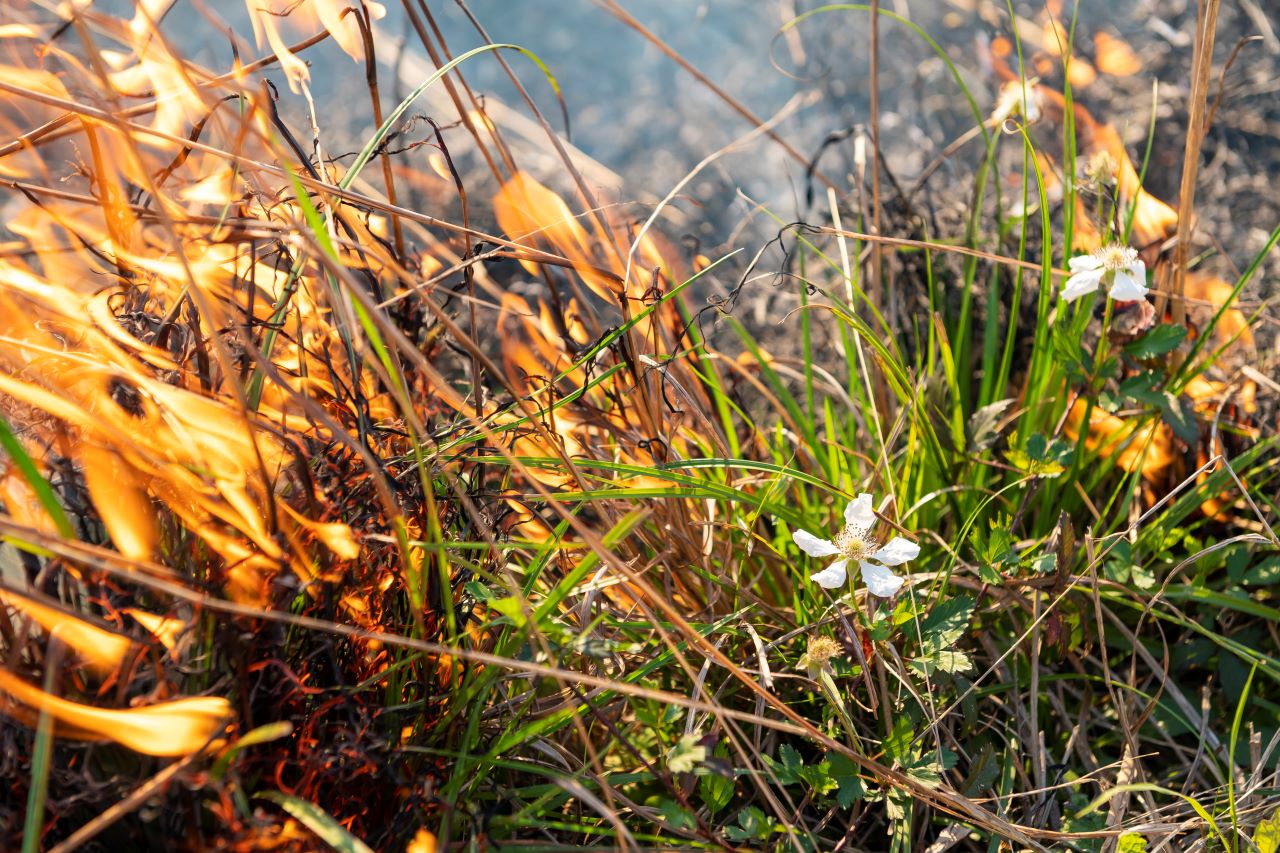

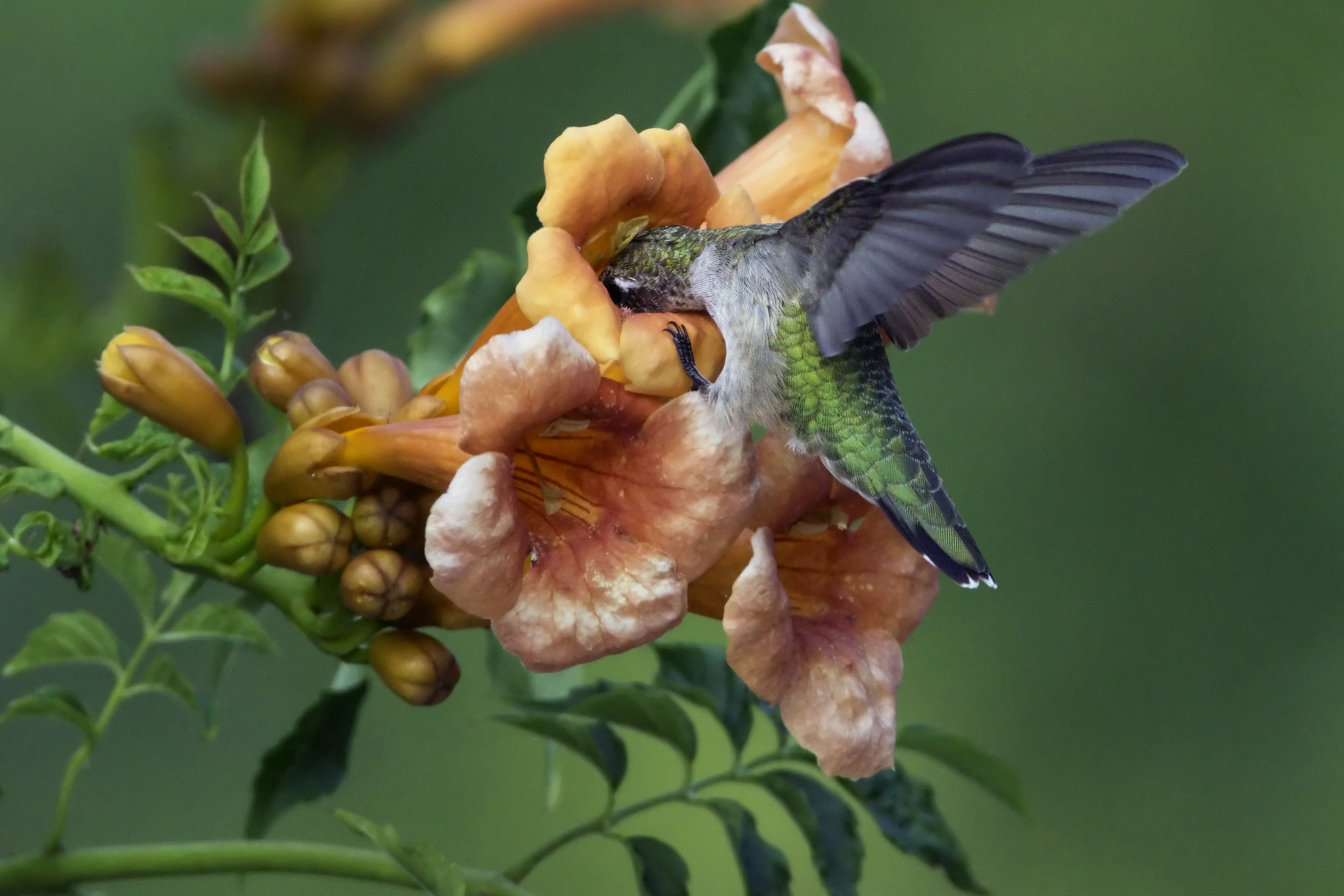
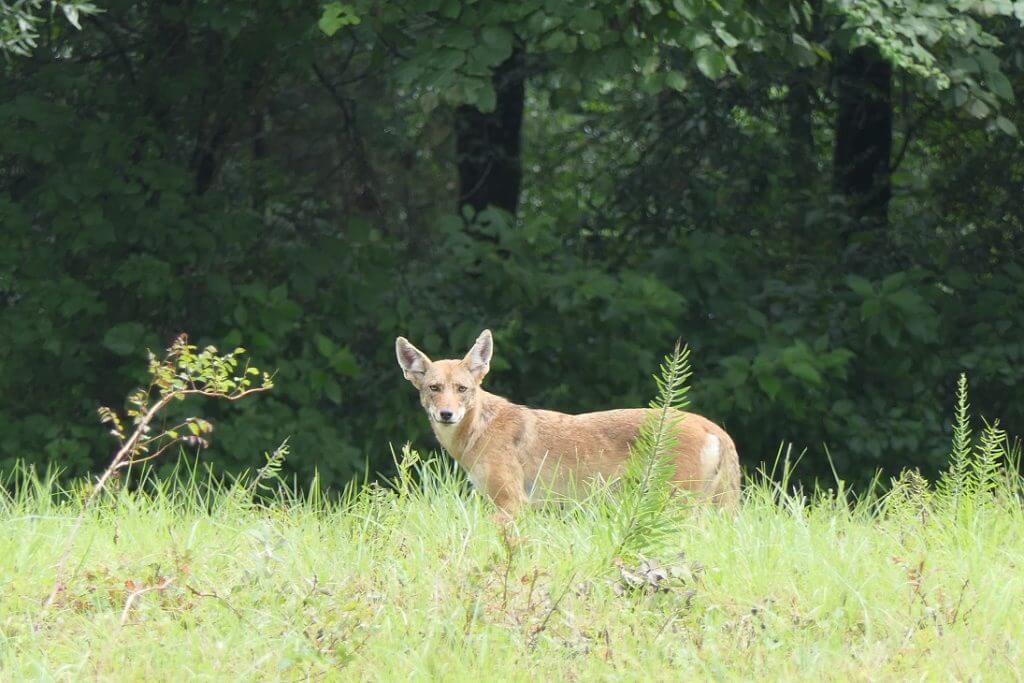
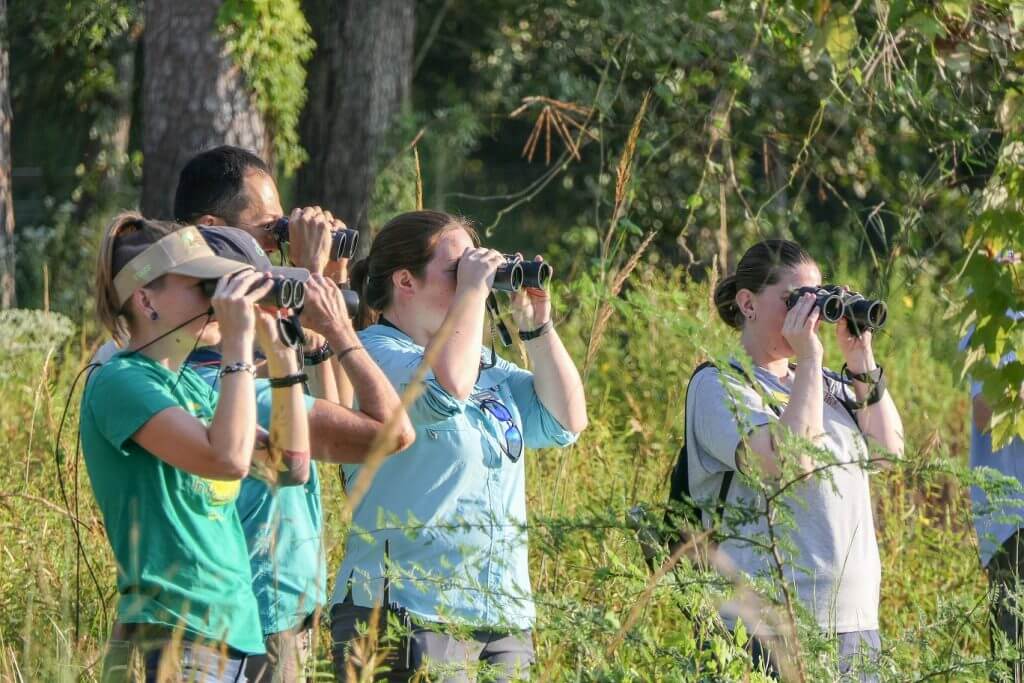


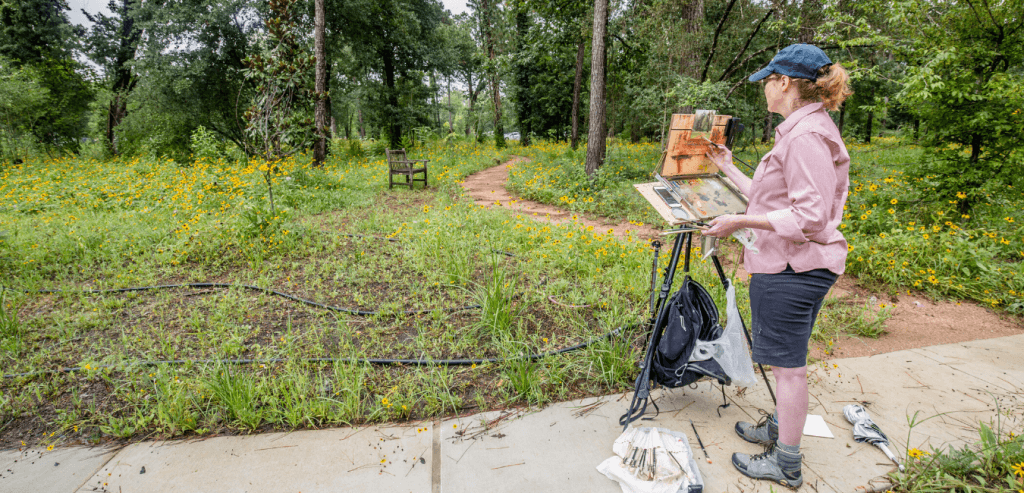

 Closure Reminder
Closure Reminder 
 Today is the day - we can't wait to see every
Today is the day - we can't wait to see every


